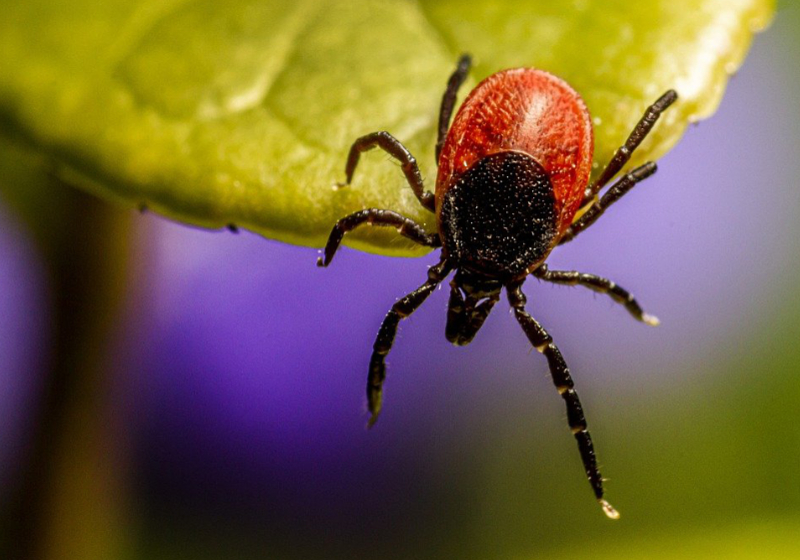
Photo: Pavel Danilyuk/PEXELS
There’s no magic number of drinks to have on a night out that will make you immune to alcohol problems.
by Tim Ditman
OSF Healthcare
OSF Healthcare
URBANA - "Days of Our Lives" actor Cody Longo recently died of alcohol abuse, again raising awareness of the issue.
The dangers
How quickly can binge drinking turn problematic?
“Very easily,” says Andrew Zasada, MD, an internal medicine physician at OSF HealthCare.
Dr. Zasada says for women, binge drinking is defined as five or more drinks on one occasion, like a night out on the town that lasts three to four hours. For men, it’s 15 drinks. That takes into account the differences in how men’s and women’s bodies metabolize alcohol.
Dr. Zasada says the internal issues linked with excessive alcohol use can be devastating.
“It can cause brain dysfunction. It can cause liver disease and stomach ulcers,” Dr. Zasada says. “It’s just not a good thing. It can cause a wide variety of problems.”
Not to mention the outward symptoms like: acne, redness on your nose and palms and dry, wrinkled skin that makes you look older. And drinking during pregnancy can lead to a host of problems for the child, like facial abnormalities and developmental deficits.
“A lifetime of misery” for the little one, as Dr. Zasada puts it.
Safety, recovery
Just like there’s no magic way to prevent or cure a hangover, there’s no magic number of drinks to have on a night out that will make you immune to alcohol problems. But for Fourth of July revelers, Dr. Zasada has this advice: take it slow.
“If you’re an average size gentleman, probably a beer an hour is just about the max you can drink,” he says.
Dr. Zasada says are there many ways to help people who are drinking in excess. In the short term, such as during a party, call 911 if the person needs immediate medical attention. If they just need a break, take the person away from the clatter to rest. Take their car keys, and give them some water. A painkiller like Tylenol in appropriate doses can help with that hangover headache the next day.
Long term, a patient’s primary care provider can link them with resources to curb drinking, such as Alcoholics Anonymous or treatment centers. The National Institute on Alcohol Abuse and Alcoholism also has resources. And within OSF HealthCare’s footprint, Illinois and Michigan have phone numbers to call for behavioral health issues.
“If the person is trying to deny that they drink at all; if they are drinking alone when there is nobody else around; if they're trying to hide or cover up their drinking, those are all fairly serious warning signs that this person needs help,” Dr. Zasada says.
Dr. Zasada says it’s never too late to kick the habit of excessive drinking, but sooner is better.
“It's easier to mitigate any problems that have already occurred earlier, rather than wait for the problem to get very, very serious, very bad, and then quit,” he says. “Yeah, you'll get better. But you won't go back to what you were.”
That “getting better” looks like a lot of things.
“You might lose weight. You might lower your blood pressure. It may increase heart health,” Dr. Zasada says. “You'll think clearer. You'll sleep better.”










